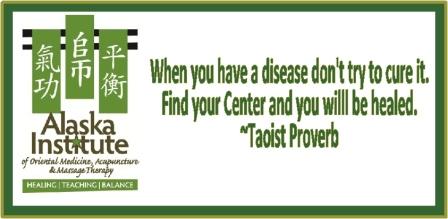Christmas Day - I can't believe my kids slept in (which means I also got to)! I'm very low key on the holiday, but apparently Santa stopped by with something small and fun for the kids to play with.
Last night the abdominal massage I did with Marjoram essential oil felt incredible. This morning I got up and did a little extra personal hygiene to go along with the fast: face mask with French green clay, rose hip seed oil, and water followed by a nice long body brushing, and then an essential oil blend of Rose Geranium and Combava in jojoba carrier oil immediately after my shower while still wet. All this with a fresh juice of carrots, apples, orange, lemon and lime for breakfast - what a way to start the day!
I've felt very clean and light all day. Morning yoga and tai chi was smooth and strong, like my muscles were enjoying going extra slow with my mind focused deeply inside.
Even though it is just barely above zero, I've felt a little on the cold side today so have kept most of the juices warm. More tomato with cayenne and flax seed oil, and instead of the leek/watercress broth today I've had plenty of my favorite liver cleansing "tea": 1-2 slices each of organic lemon and lime, a small dollup of maple syrup, covered in just boiled water.
My sister is doing great. I laughed yesterday because after the first juice she started talking about recipes I could cook after we are done. Today she got up early and has been very motivated to organize a lot of stuff. Wow - I'm doing that again too!
One of the biggest things I notice about fasting is that time slows down. It really seems like I always get an incredible amount of things done in a short period of time. I become very aware of how much time is normally spent cooking and eating food. (Passing thought - "wouldn't it be great to juice fast every day, or for a really long time?")
How long will I continue the fast? I'm not sure - this time I planned to feel and listen to my body rather than pre-determining a set amount of time. So far I feel great, clear, light, happy, and as far as hunger goes we've both been very satisfied from the juices. I'll probably go another 2-4 days and then ease lightly back into eating normal again. I like to end a fast by making a rice congee and eating just that for one day, then adding vegetables to it the next day.
Tonight I'll do another abdominal massage, this time with Coriander essential oil. The fast will continue pretty much the same as today. My body will feel hungry again when it's time to be done. Until then, I love juice fasting!!










